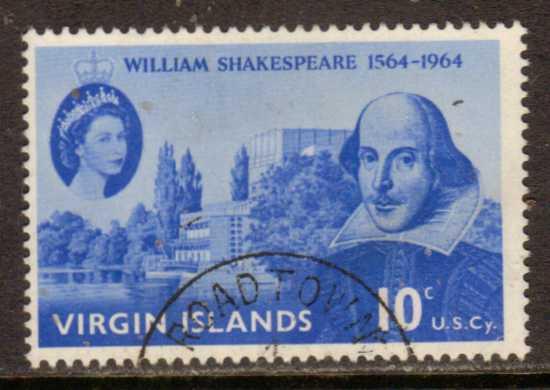Exploring the Virgin Islands: A Tropical Paradise

Introduction
The Virgin Islands, comprising both the British Virgin Islands (BVI) and the U.S. Virgin Islands (USVI), are a popular tourist destination known for their breathtaking beaches, vibrant marine life, and rich cultural heritage. As travel preferences shift towards less crowded destinations, the Virgin Islands have gained attention not only for leisure but also for their resilience in recovering from recent natural disasters, underscoring their significance in the Caribbean tourism landscape.
Recent Developments
In the wake of the COVID-19 pandemic, both the BVI and USVI have implemented various measures to ensure the safety of tourists. The US Virgin Islands has reported a steady rise in visitors since reopening its borders, driven by strong marketing campaigns and the appeal of their pristine environments. In 2023, tourism numbers reached nearly 1.5 million, a significant rebound compared to the previous year. Attractions like the famed Trunk Bay and Virgin Gorda’s Baths continue to enchant visitors, alongside local cultural experiences, including festivals showcasing the islands’ unique heritage.
In the BVI, the government has been focusing on sustainability and environmental conservation. With a commitment to eco-tourism, local authorities have taken steps to protect their natural resources, including coral reefs and marine ecosystems, which are vital not only for tourism but also for biodiversity. Efforts such as the establishment of new marine protected areas are aimed at enhancing the long-term viability of these ecosystems.
Tourism and Local Economy
Tourism remains the backbone of the Virgin Islands’ economies. In the USVI, tourism accounts for approximately 30% of the GDP. Recent investment in infrastructure, such as upgrading the Cyril E. King Airport and enhancing cruise ship facilities, aims to accommodate the increasing number of tourists. Meanwhile, in the BVI, the government is working to diversify its economy, historically reliant on tourism, to mitigate the effects of seasonal fluctuations.
Conclusion
The Virgin Islands are more than just a vacation spot; they represent a vibrant blend of cultures, natural beauty, and resilience. As both territories recover from recent challenges, they are poised for a bright future as sustainable tourism destinations. For potential travellers, the Virgin Islands offer not only stunning landscapes and relaxation but an opportunity to engage with and support local communities. As interest in unique travel experiences grows, the Virgin Islands are likely to remain at the forefront of Caribbean tourism in the coming years.





